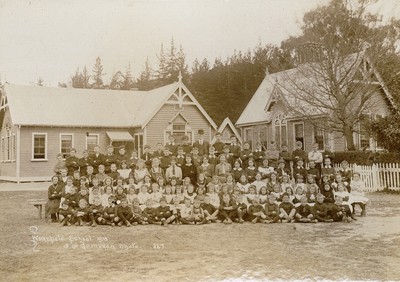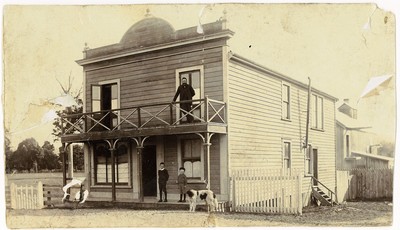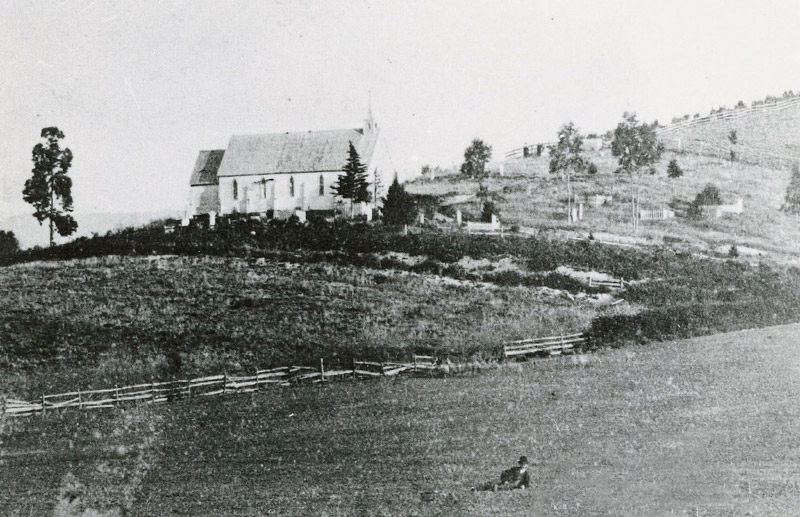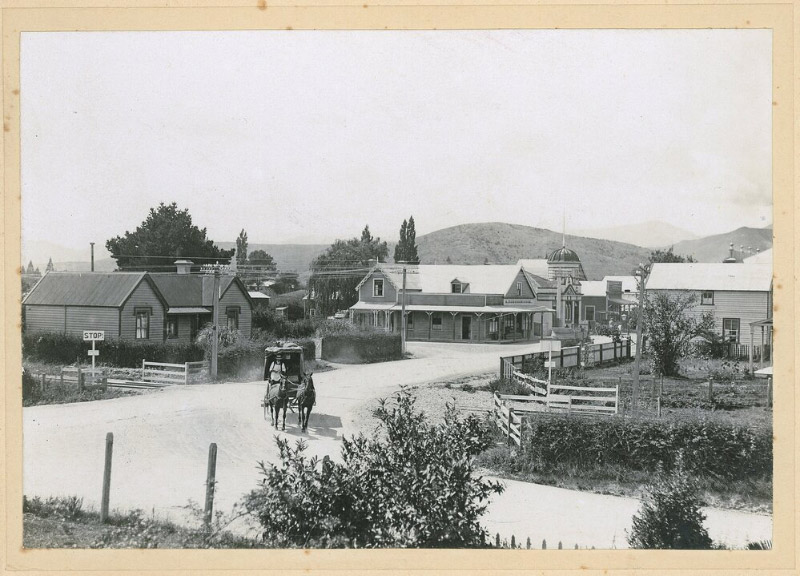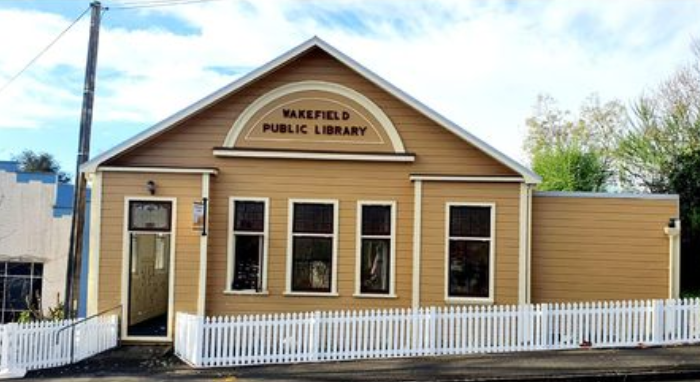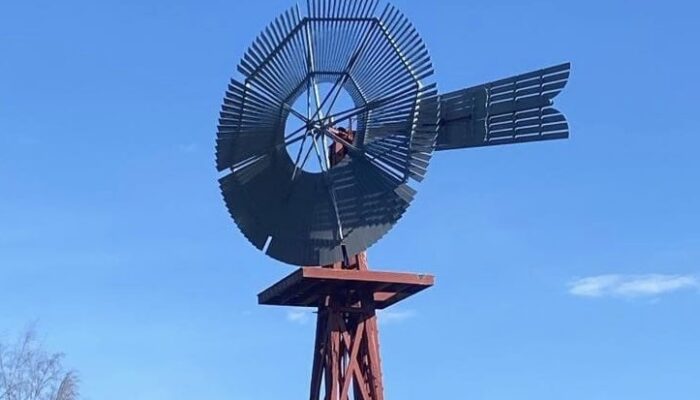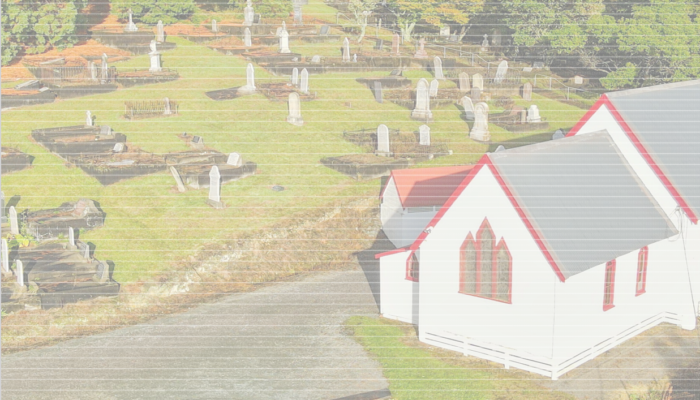These articles are about the history of Wakefield and how old everything in the village is, and how many families are still around. Wakefield is rich in history.
The small New Zealand community of Wakefield is situated some 25 km south west of Nelson at the top of the South Island.
The history of Wakefield as a European settlement started in 1843, when it was originally called Pitfure. However the name was soon changed to Wakefield. This name was after the town of Wakefield in Yorkshire, and not, as many assume, after Captain Arthur Wakefield who led the expedition that first established Nelson City and Province.
Wakefield is notable for Wakefield Primary School, the oldest school in continuous usage in New Zealand. It was set up in 1843 by Mary Ann Baigent, the wife of Edward Baigent.[1] St John’s Church in 120 Edward Street, built in 1864, is New Zealand’s second oldest surviving church. It is registered by the New Zealand Historic Places Trust as a Category I heritage structure, with registration number 40.[2]
Wakefield comes under the responsibility of the Tasman District Council, which has its offices in the nearby town of Richmond. It is part of the West-Coast Tasman General Electorate.
There is a small paper called the Window on Wakefield published monthly and distributed to the community. Back copies of the Window on Wakefield from 2013, and the earlier Wakefield Village News 1983-2011, are both available for viewing at Richmond Library. The Wakefield Village News Editions from 1983 to 2003 are also available on the Tasman Heritage website. https://heritage.tasmanlibraries.govt.nz/nodes/view/6121
Photographs on this site have been sourced from Tasman Heritage and the work of the Waimea South Historical Society in collecting and caring for the photos is acknowledged. https://heritage.tasmanlibraries.govt.nz/nodes/view/64
Recent Articles
Wakefield Public Library (61 Edward Street)
Wakefield Library spruced up by Anne Hardie Reproduced with permission from the Waimea Weekly, Wednesday 12th June 2024 Roger Batt…
Belgrove Windmill
Team Effort Restores Belgrove Windmill by Anne Hardie Reproduced with permission from the Waimea Weekly, Wednesday 19th June 2024 The…
St John’s Cemetery Walk
Map adapted by Valerie Crouch and Ivan Burrowes CEMETERY WALK STOPS:1. Leave the church and walk up the steps and…

